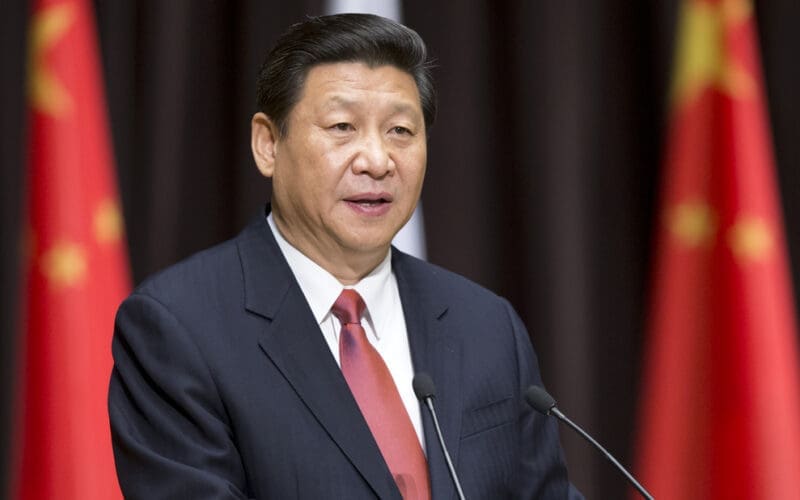Efforts to advance a significant hydroelectric and fibre optic project in Canada are gaining momentum as the premiers of Manitoba and Nunavut express optimism about its progress and seek financial support from the federal government. The leaders, Manitoba Premier Wab Kinew and Nunavut Premier P.J. Akeeagok, have formalized their commitment through a memorandum of understanding to collaborate on the proposed Kivalliq Hydro-Fibre Link. This project aims to construct a 1,200-kilometre line through northern Manitoba reaching several communities in Nunavut, currently reliant on diesel for electricity, located west of Hudson Bay.
Discussions on this ambitious venture have been ongoing for years, with an estimated cost of $1.6 billion. Recently, Manitoba announced it would allocate 50 megawatts from its Crown energy corporation to support the project, which Premier Kinew described as just the beginning. During a meeting at the Manitoba legislature, both premiers emphasized the interest in nation-building initiatives and northern development, especially amid the current trade tensions with the United States. While they refrained from specifying the amount of federal funding they seek, they expressed confidence that necessary discussions would proceed.
The federal government has already contributed to the project’s preliminary stages, allocating $2.8 million last year for design, environmental fieldwork, and other preparatory tasks. The initiative, spearheaded by the Inuit-owned Nukik Corp., aims to commence construction by 2028. Besides serving Nunavut communities, the project could benefit regional mines and foster broader economic development.
Impact on Daily Life
The realization of the Kivalliq Hydro-Fibre Link project holds significant implications for daily life in the communities it aims to serve. By replacing diesel-generated electricity with hydroelectric power, the project promises to reduce energy costs, improve reliability, and contribute to environmental sustainability. This shift could enhance the quality of life for residents, providing cleaner and more consistent energy access.
In addition, the fibre optic component of the project is expected to enhance telecommunications infrastructure, offering improved internet connectivity. This advancement could bridge the digital divide, facilitating access to education, healthcare, and economic opportunities for remote and underserved communities in Nunavut. Enhanced connectivity and energy infrastructure could also stimulate local businesses, support job creation, and encourage further investment in the region.












